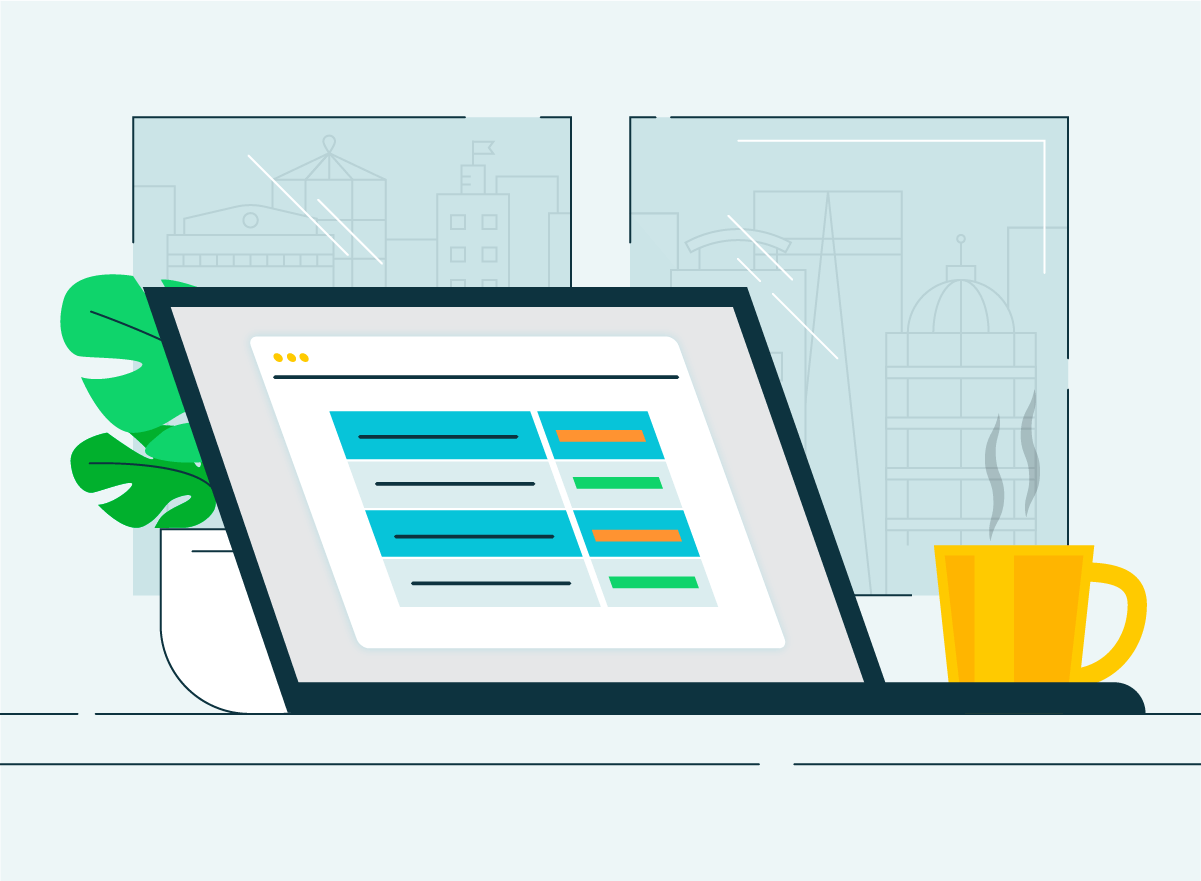What is a General ledger?
General ledger (Definition)
If you want to keep track of all your business's financial transactions in one place, a general ledger is the best place to start.
The general ledger includes all the company’s financial accounts, which are then used to create important documents, such as balance sheet and profit and loss statement. It keeps track of all financial transactions accurately and helps you make a "trial balance," which means your books will balance when you're done with them.
A general ledger is the foundation of a company's financial reporting, with all company transactions recorded. It includes things like assets (fixed and current), liabilities (accrued expenses, and customer deposits), revenues, profits, and losses. It also records equity, such as common stock, retained income, and treasury stock.
What is recorded in a general ledger?
- Assets – the value of things that the business owns, or part owns, eg, inventory.
- Liabilities – the amount of what the business owes, eg, bank loans.
- Equity – funds introduced into the business and drawings by the owner(s)
- Revenue – money coming into the business through sales, interest or dividends.
- Expenses – money paid out to keep the business running, eg, rent.
How a general ledger drives reporting
This information in a general ledger is used to produce a trial balance, balance sheet, profit and loss (P&L) statement, cash flow statement, and other financial reports. These reports reveal the financial health of a business.




